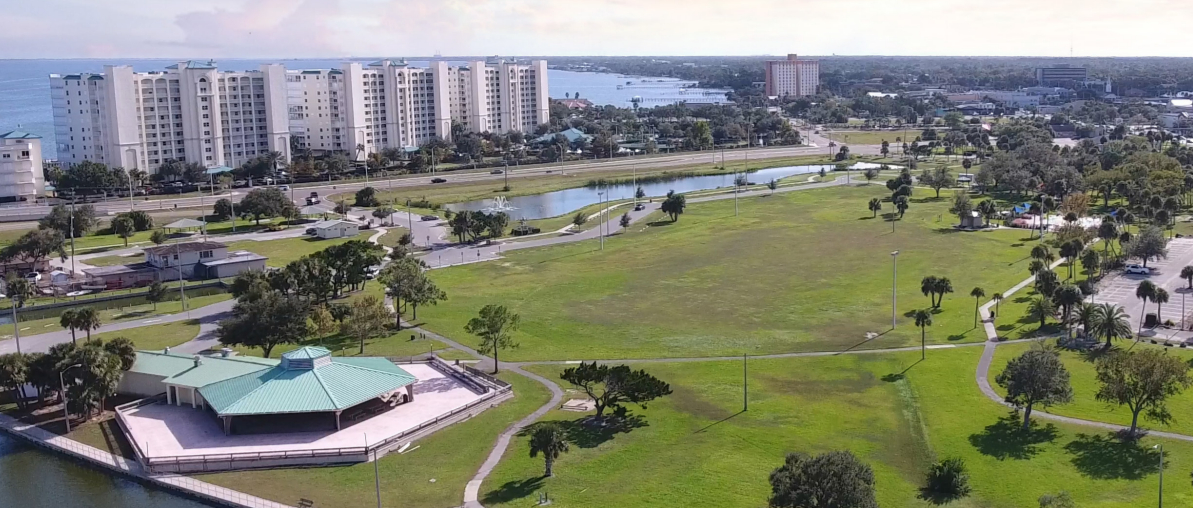
Graphic: Sierra Space
The maiden flight of Sierra Space’s Dream Chaser is a step closer to happening, according to a statement released by the company today. In a press release, Sierra said that that Tenacity — the first flight model of Dream Chaser– ashieved “the successful completion of a rigorous environmental test suite on the Dream Chaser spaceplane, at NASA’s Neil Armstrong Test Facility in Sandusky, Ohio.”
“Successful completion of an incredibly rigorous environmental testing campaign in close partnership with NASA is a significant milestone and puts Dream Chaser on track for operations later this year,” said Sierra Space CEO, Tom Vice. “This is the year that we transition from rigorous research and development to regular orbital operations and – in doing so – transform the way we connect space and Earth.”

Photo: Sierra Space
Tenacity underwent shock, vibration, and thermal vacuum testing at Armstrong to verify its abilities to withstand the rigors of ascent aboard a United Launch Alliance Vulcan-Centaur rocket, as well as on-orbit operations after separation from the rocket that boosted it to orbit. The testing took several months and was recently completed, leading to the company’s announcement today.
Sierra Space said that, “The two vehicles were then stacked in launch configuration on the world’s most powerful spacecraft shaker table inside the test center’s Mechanical Vibration Facility. Sine vibration testing – conducted over a five-week period – simulated the intense conditions and environment of a launch on a Vulcan Centaur rocket.”
“After vibe testing concluded, the teams conducted another shock test – this time with the flight separation system between Dream Chaser and Shooting Star – to simulate the dynamic environment during separation of the two vehicles prior to de-orbit and re-entry.”
They added, “Next, the Sierra Space and NASA test teams transported the vehicles to the In-Space Propulsion Facility at Armstrong for thermal vacuum or “T-VAC” testing.
“Temperatures in space can range from the extremely cold – hundreds of degrees below freezing – to several hundred degrees Fahrenheit due to radiation from the sun. TVAC testing is a realistic thermal simulation of the flight environment and critical to ensuring mission success,” Sierra said.
“For more than five weeks, Dream Chaser and Shooting Star were subjected to multiple cold-hot cycles in a vacuum environment, between -150F to +250F, with teams conducting functional tests at temperature plateaus to verify system performance. “
Next, Tenacity will be transported to the Space Systems Processing Facility (SSPF) at Kennedy Space Center for integration and further preparations for launch. According to Sierra, “Remaining work on the thermal protection system will also be completed there.”

Photo: Tory Bruno on X.
After those steps are completed, the launch campaign can begin in earnest. Sierra Space says that they remain on track for a 2024 launch of Tenacity, and for their part of the mission, United Launch Alliance is finishing assembly of the Vulcan-Centaur rocket that will deliver Tenacity to orbit.
If successful, this second flight will complete Vulcan’s certification for Department of Defense payloads, giving the mission additional importance above and beyond Dream Chaser’s debut. Currently, the launch is slated for late Q3 or early Q4 of this year.

Photo: Charles Boyer / ToT












Leave a Reply